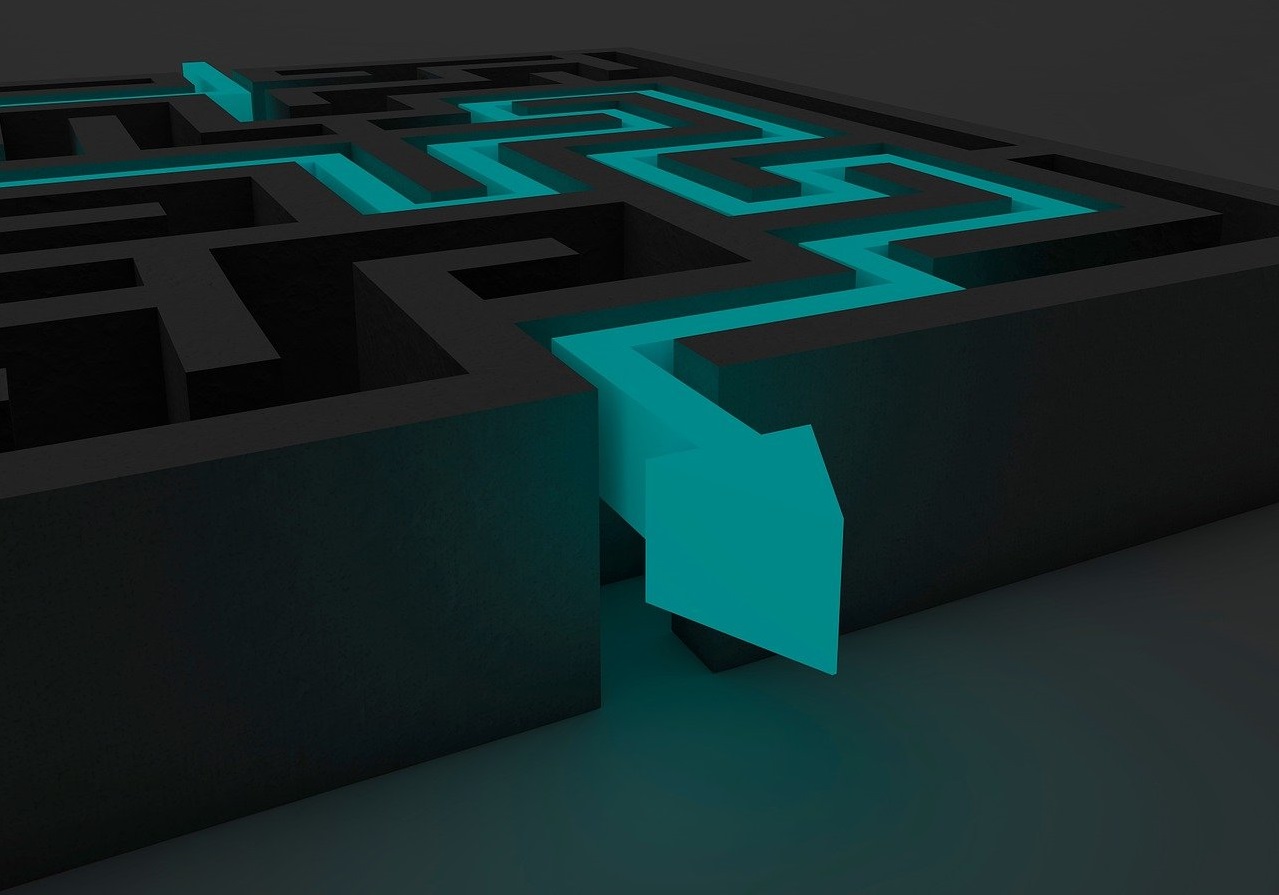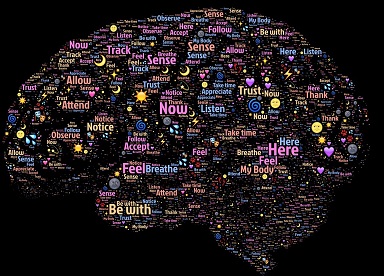The human brain is in large part still a mystery with complex and obscure areas which still intrigue and baffle scientists. It is a field we are continually learning about and continues to offer up new surprises.
 The human brain continues being largely a mystery: complex and obscure areas which intrigue the scientific community. It is a field that we are continuing to learn about, and in so doing we are continually surprised.
The human brain continues being largely a mystery: complex and obscure areas which intrigue the scientific community. It is a field that we are continuing to learn about, and in so doing we are continually surprised.
In a new study it is claimed that when we see a different person’s facial expression we often imitate this, albeit in an unconscious way and deduce emotional meaning from what we observe in a matter of milliseconds.
‘This is due to the fact that we associate others’ facial expressions with given emotions: emotions which in the past we ourselves have also expressed,’ underlined Adrienne Wood, psychologist at the University of Wisconsin, in the latest edition of the academic journal Trends in Cognitive Sciences.
As the article says, psychology reveals an important role for sensorimotor simulation in the recognition of emotions, since the process involves the somatosensory (touch and feel) and motor systems, themselves responsible for the systems which regulate stimulus-response and movement control respectively.
“This kind of imaginary representation (of the other person’s face) tells the brain how it should feel when confronted by a specific facial expression. It occurs in an automatic and unconscious way and this is why we get the impression we can read the other person’s mind and know how they are feeling,” underlines Paula Niedenthal who is also leading the study.
The article explains that in order to understand how the brain perceives and processes these expressions experts combined the latest psychological research with tests on sensory-motor stimulation.
The system for identifying emotions can help predict future behaviours and feelings.
 owever, the scientists were at pains to point out that it would continue to be a game of prediction, since often the expressions or emotions of another person cannot be determined 100% by observation alone.
owever, the scientists were at pains to point out that it would continue to be a game of prediction, since often the expressions or emotions of another person cannot be determined 100% by observation alone.
“The ability to recognise others’ emotions and feel them can be compromised when a person cannot imitate facial expressions: such as those who are victims of facial paralysis following a cerebral haemorrhage, Bells Palsy, or even when the nerves have been damaged during plastic surgery,” specifies Wood.
The article recalls that a similar problem exists with those (on the autistic spectrum for instance) who suffer mental problems associated with recognition of emotions.
“The absence of facial imitation in autistic people may be due to their lack of eye contact. If this eye contact were established however it might be possible for this imitation to arise spontaneously,” Niedenthal asserted.
Being aware of the social and emotional consequences of these issues will improve the quality of life of patients, perhaps teaching them other strategies for recognising emotions.
A chisek The tool for shaping language
Bilingual people learn and use language in ways which alter their minds and change their brains which has several advantageous consequences according to a recent study of the magazine Amazings.
 The results – the fruit of a line of investigation pursued by Judith F. Kroll’s team from Pennsylvania State University in the US – reveal the ways bilingualism changes the cerebral networks which govern successful cognition, facilitate the learning of new content and promote fluency.
The results – the fruit of a line of investigation pursued by Judith F. Kroll’s team from Pennsylvania State University in the US – reveal the ways bilingualism changes the cerebral networks which govern successful cognition, facilitate the learning of new content and promote fluency.
The study was presented at the annual meeting of the American Association for the Advancement of Science, after an investigation which focused on the cerebral differences between people who speak two languages and those who speak just one.
“There is evidence that the cerebral structures and networks of bilingual speakers are different from those of monolingual speakers. Among other things, these differences help bilinguals to stick to speaking the language they have chosen instead of erroneously slipping into the other one,” the study says.
Kroll insists however that in the same way that not all human beings are the identical, neither are all bilinguals and the differences between their minds and brains varied depending on how the individuals had learnt the languages.
According to the scientists, another influencing factor is the context in which bilingual and monolingual people use language.
 For the bilingual, both languages are simultaneously “active” at each moment which means that neither language can easily be deactivated: with the result that both remain in constant competition with each other.
For the bilingual, both languages are simultaneously “active” at each moment which means that neither language can easily be deactivated: with the result that both remain in constant competition with each other.
“In turn, this causes bilinguals to perform a balancing act between the languages, reshaping the networks in the brain supporting each one”, Kroll underlines.
Finally, the consequences of bilingualism are not confined to the area of language. Rather, they shed light on the existence of a reorganisation of cerebral connections which has an impact on the way in which these people deal with ‘cognitive competition’ in the brain more generally. (PL)
(Photos: Pixabay)
(Translated by Nigel Conibear – DipTrans IoLET ACIL – nigelconibear@gmail.com)












.jpg)












